In this episode, we’ll be talking about mysteries surrounding the physics of the sun, and how hydrino chemistry might explain explosive events on the surface of the sun and the excessive temperatures of the sun’s atmosphere (corona).
Top Takeaways:
Emission lines from species in the Sun’s corona suggest that the corona is millions of degrees, yet the surface of the sun is only 5,500 degrees Celcius.
Numerous explosive events occur on the Sun’s surface but these events are not well understood. In 2013 solar “sparkles” were observed that emit light in the extreme ultraviolet (EUV) and are extremely energetic.
Plasma experiments have demonstrated a new energetic chemical reaction with hydrogen to produce “hydrino” atoms.
Hydrino emits light in the EUV and have been observed in solar spectra; these lines could account for thermal emission lines from the corona.
There are not enough neutrinos emitted by the Sun to explain its power. Hydrino reactions could account for 60% of the sun’s radiated power.
You can listen to this podcast or read the article, below.
It was in 585 BC that Thales of Miletus, the “Father of Western Philosophy” first predicted a solar eclipse, in which the Moon casts a shadow on the Earth. He may have borrowed observations from the Babylonians that had tracked lunar eclipses - when the Earth casts a shadow on the moon, to make a prediction that became a seminal moment for Western thought.
I had the joy of getting my first look at a solar eclipse in 2017. When the sun was fully eclipsed by the moon, I could see the beautiful, luminous arms of light. It wasn’t until 1724 that an astronomer first concluded that these arms are part of the atmosphere of the sun, the “corona” rather than that of the moon (which we now know has no atmosphere) because the moon traversed them during the eclipse. What I was witnessing were clouds of fast moving electrons, scattering light, as they shoot away from the sun, out into space, where they become the solar wind.
In 1869, astronomers started pointing instruments at the corona during an eclipse. They found a strong green line that didn’t match anything known. They called it “coronium” although later found that it was atoms of iron that had been ionized - their electrons stripped away - a gobsmacking 13 times. For this to occur, the iron would need to be millions of degrees Celsius. But the surface of the Sun is only 5,500 degrees Celsius. This is very weird. If the surface were heating the atmosphere, the atmosphere should be cooler than the surface.
In August of 2018, NASA launched the Parker Solar Probe, named after the astrophysicist Eugene Parker. In a series of ellipsoidal passes, it has been flying through the corona’s luminous arms, and capturing data. Among its goals is to understand a huge mystery: why is the corona so damn hot?
There are two main hypotheses for what is going on; one is that the turbulent twists and contortions of the Sun’s magnetic field lines produce small flares (“nanoflares”) that heat the corona; this is Parker’s idea. Another is that electromagnetic waves from the sun - called “Alfven waves,” get particles moving and heat them up.
Shortly after the probe was launched, in 2019 I wrote a Medium article: The Mysteries of the Solar Plasma: How new experiments in plasma physics, and the Parker Solar Probe, might unlock the Sun’s secret source of power. In it, I review laboratory experiments that show that newly discovered, energetic hydrogen chemistry (the “hydrino” reaction) might provide an explanation for a constellation of mysteries surrounding the sun. These ideas were first proposed by Randell Mills. I had some new evidence since the publication of my 2016 book which has been added to the forthcoming edition.
Going out on a limb in 2019, I predicted:
“We might see little or no evidence that the Sun’s magnetic field is heating the outer corona.”
Now, after 5 years in space, the latest news is in: NASA’s Parker Solar Probe Shatters Theory on Sun’s Extremely Hot Corona: NASA’s Parker Solar Probe found that S-shaped magnetic field bends are not responsible for the sun’s corona’s extreme heat.
When it first approached the sun, the probe detected hundreds of S-shaped bends in the sun’s magnetic field—named switchbacks in reference to how they briefly reverse the direction of the magnetic field—along with thousands of shallower bends. To some scientists, the switchbacks seemed like promising sources of heat to the corona and solar wind. Their severe S-shape bend stored a lot of magnetic energy, which likely released into the surrounding plasma as the switchbacks traveled through space and eventually straightened out. After pouring over the data from the Parker Solar Probe’s first 14 laps around the sun, the research team discovered that while the S-shaped bends are common in the solar wind near the sun, they are absent inside the corona.
This appears to be at least a partial confirmation of my prediction; it shows that magnetic switchbacks are not heating the corona. I think the press release is a little overblown, because this is probably just one of many possible ways in which magnetic fields could manifest in coronal heating.
After several years in space, there are still no strong winners for a theory of what is heating the corona. For this article I would like to reprise my discussion of the physics of the sun, and how Randell Mills’s hydrino chemistry might play a significant role.
The Sound of the Sun
Galileo was the first to observe the sun through a telescope, and noticed spots on the surface. We now know the Sun is a tumultuous place at the interface of the surface and the corona. There are incredibly strong magnetic fields that tangle up near the surface, storing and releasing energy.
Sometimes we see flares - lasting 15 minutes to hours - that emit strongly in frequencies higher than the visible, in the extreme ultraviolet (EUV) and X-ray region. Sometimes these flares also emit material in coronal mass ejections (CME’s) or circulate material in beautiful arcs over the surface and back again, in coronal loops.
We see a wide variety of explosions near the surface that emit a wide spectrum of frequencies, often while sending shocks that ripple across the disk. The explosions can completely outshine the rest of the sun visible to us (the “solar disk.”) Recently an astrophysicist at the Stanford Experimental Physics Lab captured the sun’s vibrations over a period of 40 days, and processed them into sound, speeding them up by a factor or 42,000 in order to make them audible.
New dramatic evidence of explosive events on the surface of the sun was captured in 2013, by a team photographing the Sun in a short test of a new telescope, the NASA High Definition Corona Imager (Hi-C). It was launched on a sounding rocket as a test for a future orbital mission.
They observed a solar filament where they saw highways of charged plasma racing in opposite directions. Nearby was a tangled region of magnetic field lines, on which they discovered short, localized bursts of power. They called these extreme ultraviolet (EUV) dots, or “sparkles.” In a series of observations, they caught them on video. They lasted about half a minute and released a quadrillion Joules of energy over a hundred-kilometer region.
Something is releasing a lot of energy in a relatively small area.
A Sun in a Jar
In 2014-2015, Montgomery Childs led a team who set out to build a sun in a jar. They wanted to recreate the conditions of the corona. The experiment was called Stellar Atmospheric Function in Regulation Experiment (SAFIRE). In it, power was applied to a spherical metal anode in an enclosure filled with a low pressure of hydrogen gas, and additional hydrogen was allowed to diffuse out of the anode.
As the power was increased, the gas around the anode began to glow, creating a hot ionized, light-emitting gas called a “plasma.” First, small violet glowing tufts of plasma spaced themselves out around the sphere. Then, at higher power, a series of nested spherical shells emerged. These “double layers” were made up of segregated, alternating layers of positive and negative charge, glowing beautifully in blue or violet.
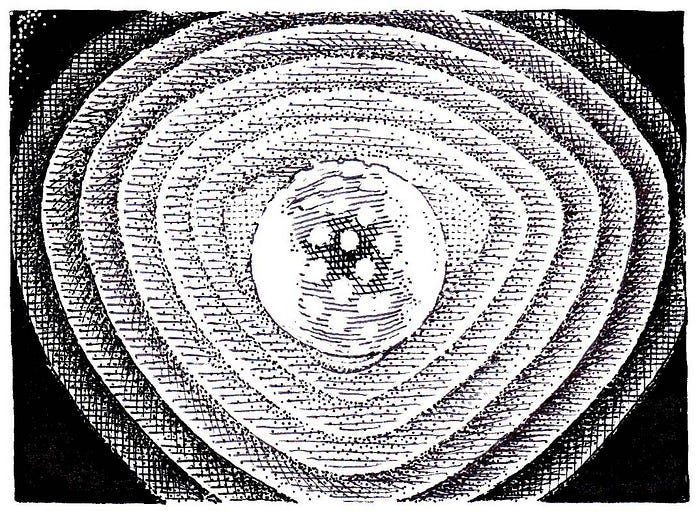
The team discovered that the temperature of the plasma regularly exceeded expectations by a significant margin. One experiment vaporized a tungsten probe when an input power of only 182W. They speculated that somehow, energy was being stored in the plasma and released in violent bursts. The plasma was much hotter than the anode itself. The plasma was also inexplicably producing UV light.
The team felt they had discovered something new, some kind of “electrochemical catalytic process,” but did not reach any conclusions. Nevertheless, they had been true to their goal of recreating some features and mysteries we associate with the solar corona.
New hydrogen chemistry
Since about 1995, Randell Mills and his team at Brilliant Light Power have been pioneering research into a new field of hydrogen chemistry.
In a typical experiment, hydrogen gas (and some inert gas such as argon) is held at low pressure in a glass cell with two electrodes. When power is applied, the cell warms and a brilliant glow forms between the electrodes. This glow is a “plasma,” a hot, ionized light-emitting gas. The sun’s corona - as well as everything inside the sun itself - is in a plasma state.
From the light coming from the plasma, we can tell what is in it, and how fast everything is moving in the cell - how hot they are. Mills’s team discovered that the hydrogen in the cell was becoming much hotter than other species. This was unusual, there are no known chemical reactions between hydrogen and argon that could lead to excessive heat and light emission.
In 2000, Mills’s team first published their findings. They would go on to publish another 60 papers in scientific journals, while collaborating with notable plasma physicists around the world, such as Jonathan Phillips, Hans Conrads, and Gerrit Krosen.
According to standard theory, the hydrogen in these plasma experiments is being accelerated by the electric field between the electrodes. But in a series of papers, Mills’s team found that the hottest stuff in the cell was neutral, and moving in all orientations relative to the electric field. Finally, the phenomena only worked with certain gas mixtures, so it was chemically selective - the hallmark of a chemical reaction. When the power was turned off from a cell, the glow would continue for 2 seconds. That revealed that:
“Something from the Mills cell is releasing energy, and remarkably high energy, that is clear.”
— Hans Conrads (1999 ACS Conference)
Mills’s team also found that they easily could pump hydrogen atoms to very high excited states - what would normally require 15,000 degree temperatures. In fact, they started filing patents on new applications to lasers. Never before had any chemical process excited these hydrogen emissions.
The best explanation was that there was some kind of chemical reaction happening in the cell. The reaction involved hydrogen, produced heat and light, and very high-energy hydrogen excitations. And — it was new to science.
The hydrino atom?
None of this was a surprise to Mills. Years before, he had made a stunning deduction.
The hydrogen atom is the simplest atom in nature, composed of one electron orbiting one proton. We know that the electron can absorb light and jump to “excited state orbits.” But in 1990, Mills theorized, from a new electrodynamic model of the atom, that it was possible for the electron to fall to orbits below the ground state.
In fact, Mills predicted a series of stable orbits at fractions (1/2, 1/3, 1/4, etc…) of the ground state orbit. He called these “hydrino” atoms. The reaction to make them is strongly exothermic, releasing hundreds of times the energy of combustion.
After 30 years of research, Mills’s team has a pretty good handle on the hydrino reaction. Unlike most chemical reactions, the hydrino reaction is an electrochemical one, and requires a strong electric current to initiate. But because the reaction is so powerful, it is impossible to keep electrodes in one piece. In the latest incarnation of a hydrino reactor, the “SunCell,” a hot plasma at 2,000-3,000 degrees Celsius is maintained by two streams of liquid metal that are injected into the cell, intersecting in the middle, to allow electricity to flow.
When a hydrogen atom shrinks to form a hydrino, it emits high-energy light in the EUV or even X-ray frequencies. It may also dump energy by colliding with other species. Once formed, hydrino atoms recombine into a new, inert species of hydrogen gas molecule. These have a very strong bond and a shorter interatomic distance. As a result, hydrino has unique analytical signatures.
Mills discovery of a new, energetic reaction with hydrogen that produces heat and high-energy light is tantalizing for future research on the nature of the Sun.
Where are all the neutrinos?
The majority of the Sun’s mass, and nearly all of its power-producing fusion activity, is contained deep in the interior. And we can see inside by way of particles called neutrinos, which are emitted from fusion reactions.
In 1964, Raymond Davis pioneered a project to detect neutrinos. He used a 100,000 gallon tank of tetrachloroethane. Chlorine-37 atoms are very good at absorbing neutrinos; when they do, they form Argon-37 atoms, allowing the detector to count neutrino absorbing events. It was installed 4,000 feet underground, in a mine, to prevent false positives from muons spewed by cosmic rays in the atmosphere. The neutrinos, however, have no problem getting through all that rock.
The experiment worked, but it only yielded 26% of the neutrinos predicted by theory to be produced by the fusion occurring in the Sun. What was going on? Had the core of the sun already died? If it had, we would not know it yet. (The idea of a dying sun inspired the idea for the movie Sunshine, in which a spacecraft goes to restart the sun, but has to fight a monster in the process.)
For 35 years, the team lobbied the scientific community to dedicate more resources to this problem. But — as often happens— it was largely ignored. Decades of work by theorists did little to move the calculations for the neutrinos produced by the sun.
Today, the most accepted theory is that neutrinos can change (“oscillate”) between kinds. An electron neutrino, if it oscillates to a muon or tau neutrino, requires different experiments to observe them. After subsequent experiments in Russian and Japan, using gallium and heavy water, there was still a serious discrepancy between theory and experiment: the neutrino deficit remained on the order of 60%.
John Bahcall reflected:
If you can measure something new with reasonable accuracy, then you have a chance to discover something important. The history of astronomy shows that, very likely, what you will discover is not what you were looking for.
- John Bahcall
Is the Sun a hybrid star?
The work of Mills’s team is not yet popularly accepted, and has often generated knee-jerk reactions from physicists. One quip from Phillip Anderson suggested Mills’s discovery would “fuck around with the energy process in the Sun.” But perhaps, Anderson was on to something.
Mills has proposed that hydrino reactions could account for a substantial amount of the Sun’s power. Mills has also proposed that hydrino reactions could be actively warming the corona far into its luminous arms, just like in his plasma cells.
Millions of degrees, however, is still a bit far fetched for a chemical reaction in the gas phase. But it may turn out that the corona is not so hot. Our primary evidence for the absurdly high temperatures is emission spectra from deeply-ionized atoms. Remember the green iron line? It has 13 electrons kicked out. But this could happen by photo-ionization: if the iron atoms absorb very high energy light, like that produced by hydrino chemistry. We also see intact carbon monoxide molecules in the corona, which would easily break apart at millions of degrees.
Hydrino reactions may explain a wide plethora of solar activity, high-energy light signatures, and the heating of the corona.
In 1969, an EUV spectrometer was flown in an Aerobee rocket launched from White Sands. It was flown during a period of solar activity, and recorded the spectrum of the sun. When Mills analyzed this data, he found many lines that could be assigned to hydrino transitions. Some of these lines have no known assignments in the literature, others overlap with some known lines.
As an electrochemical reaction, the hydrino reaction may be closely interacting with tangles of magnetic field lines, where we see insanely intense, local explosions of EUV light: the solar sparkles. Reactions are likely to occur whenever hydrogen is exposed to discharges of electric current. These reactions may also be fueling coronal activity, such as arcs, flares, and mass ejections. And the hydrino reaction may be skewing our calculation for the amount of fusion taking place deep within. (Mills believes the neutrino is a form of elliptically polarized light, and cannot oscillate between states.)
Revisiting Predictions
Plasma physics is a messy business, and I am neither a plasma physicist nor a solar astrophysicist, but in 2019 article I “gently lobbed” a few predictions:
We might see little or no evidence that the Sun’s magnetic field is heating the outer corona; and lower electric fields than generally expected.
We might see that the outer corona is not as hot as we expected, as atoms are ionized to deep states by high-energy light.
We might inexplicably see neutral species accelerated the fastest in the corona, indicating an unknown chemical process is taking place.
Astrophysicists are hoping the Parker Solar Probe gives them a breakthrough. They may discover something they did not expect to find: a paradigm-shifting revision to our understanding of the processes that power our nearest star.
How cool would that be?
Thoughts and questions? Join the conversation.
For further reading, this topic is covered in the chapters: The Plasma Cell and The Power of the Sun in the forthcoming book: The End of Fire: how the hydrino sparks a revolution in physics and clean energy by Brett Holverstott.

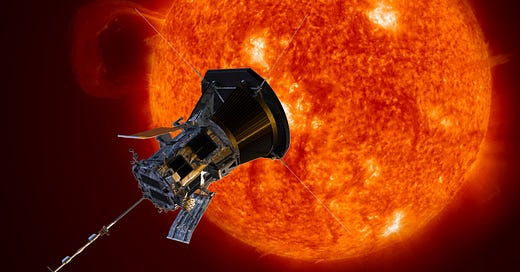



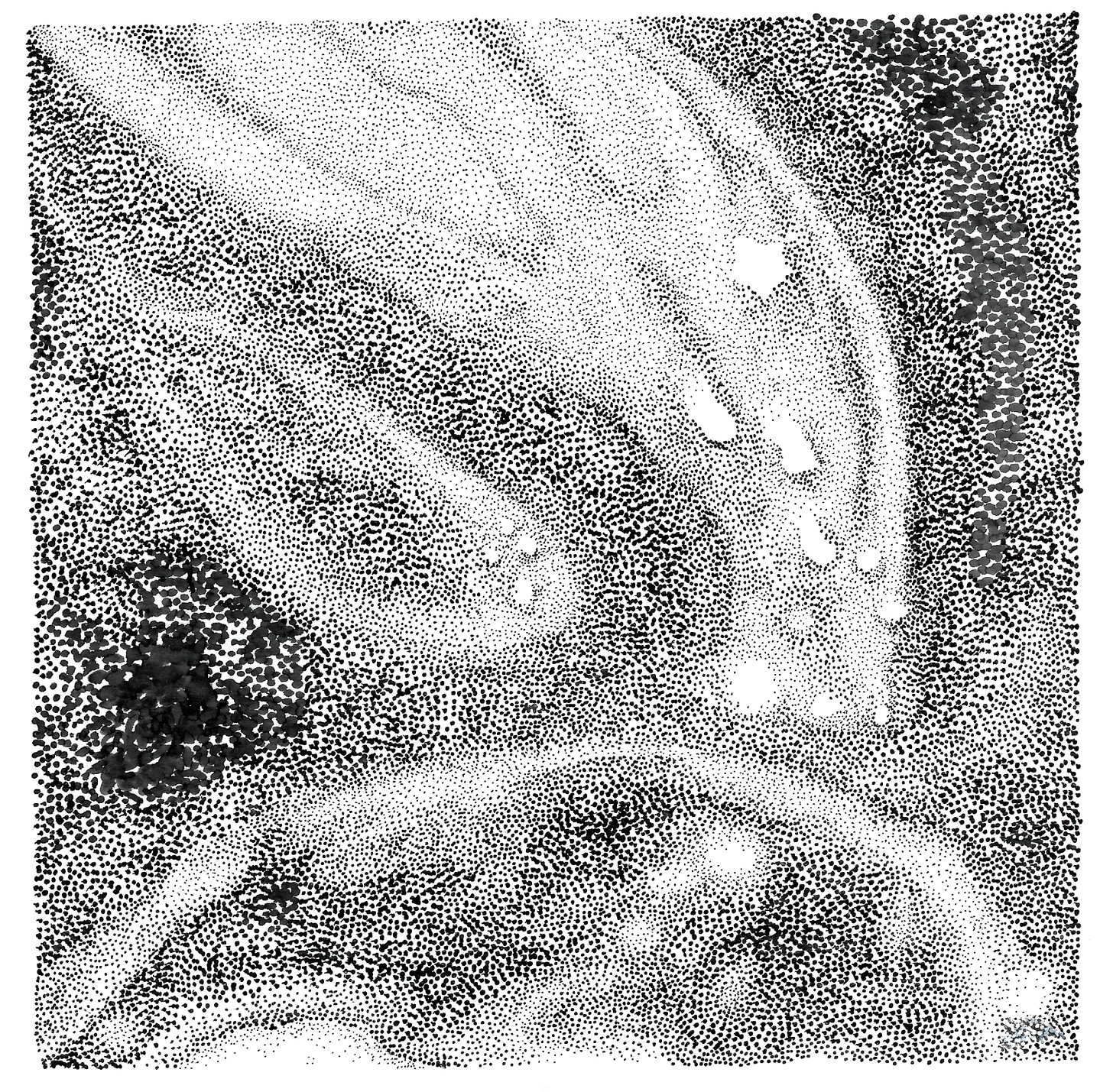





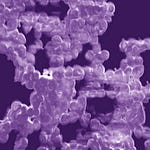


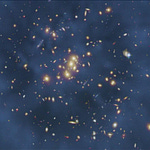

Share this post